Carl Sagan wasn’t the first to declare we are the children of ancient stars — the idea has roots in ancient debates.
Get the latest international news and world events from around the world.
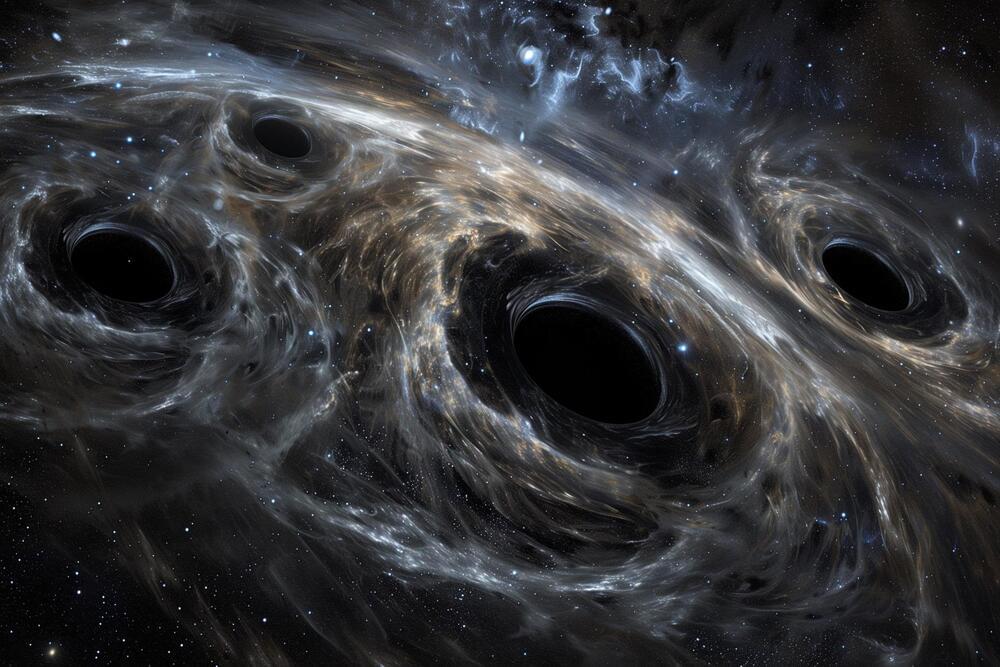
Mystery Solved? Hidden Black Hole Cluster Found in Omega Centauri
Has the decades-long mystery behind the strange star movements in Omega Centauri, the Milky Ways largest star cluster, finally been solved?
Omega Centauri has been studied to determine if its high star velocities are caused by an intermediate mass black hole or multiple smaller black holes. Recent data from pulsar accelerations suggest the latter, advancing our understanding of black hole formation.
Omega Centauri’s Mysteries

Denali Fault found to have torn apart ancient joining of two landmasses
New research shows that three sites spread along an approximately 620-mile portion of today’s Denali Fault were once a smaller united geologic feature indicative of the final joining of two land masses. That feature was then torn apart by millions of years of tectonic activity.
The work, led by associate professor Sean Regan at the University of Alaska Fairbanks Geophysical Institute and UAF College of Natural Science and Mathematics, is featured on the cover of the December edition of Geology.
Regan is the research paper’s lead author. UAF co-authors include doctoral student McKenzie Miller, recent master’s graduate Sean Marble and research assistant professor Florian Hofmann. Other co-authors are from St. Lawrence University, South Dakota School of Mines and Technology and the University of California, Santa Barbara.
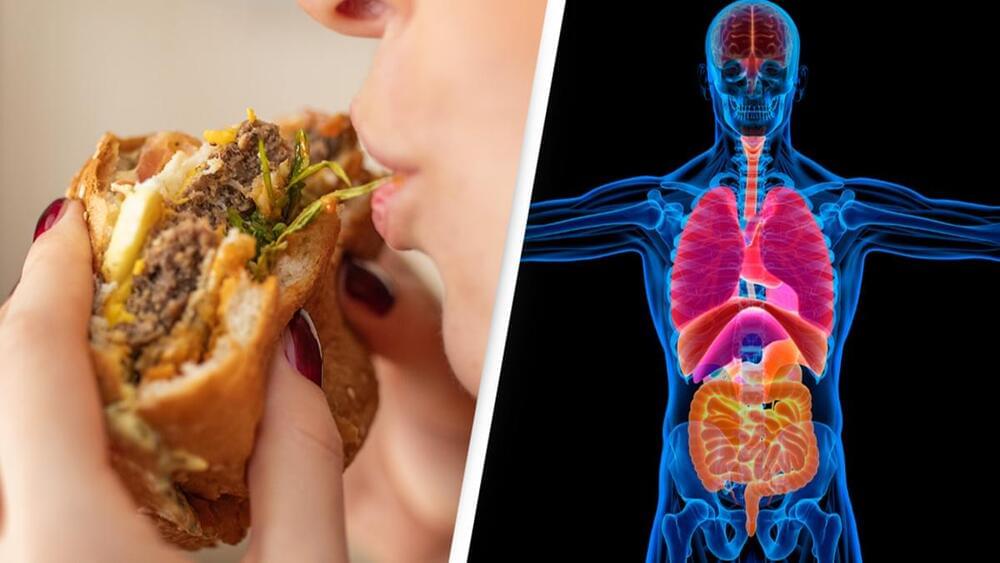

Plasma heating efficiency in fusion devices boosted by metal screens
Heating plasma to the ultra-high temperatures needed for fusion reactions requires more than turning the dial on a thermostat. Scientists consider multiple methods, one of which involves injecting electromagnetic waves into the plasma, the same process that heats food in microwave ovens. But when they produce one type of heating wave, they can sometimes simultaneously create another type of wave that does not heat the plasma, in effect wasting energy.
In response to the problem, scientists at the U.S. Department of Energy’s (DOE) Princeton Plasma Physics Laboratory (PPPL) have performed computer simulations confirming a technique that prevents the production of the unhelpful waves, known as slow modes, boosting the heat put into the plasma and increasing the efficiency of the fusion reactions.
“This is the first time scientists have used 2D computer simulations to explore how to reduce slow modes,” said Eun-Hwa Kim, a PPPL principal research physicist and lead author of the paper reporting the results in Physics of Plasmas. “The results could lead to more efficient plasma heating and possibly an easier path to fusion energy.”
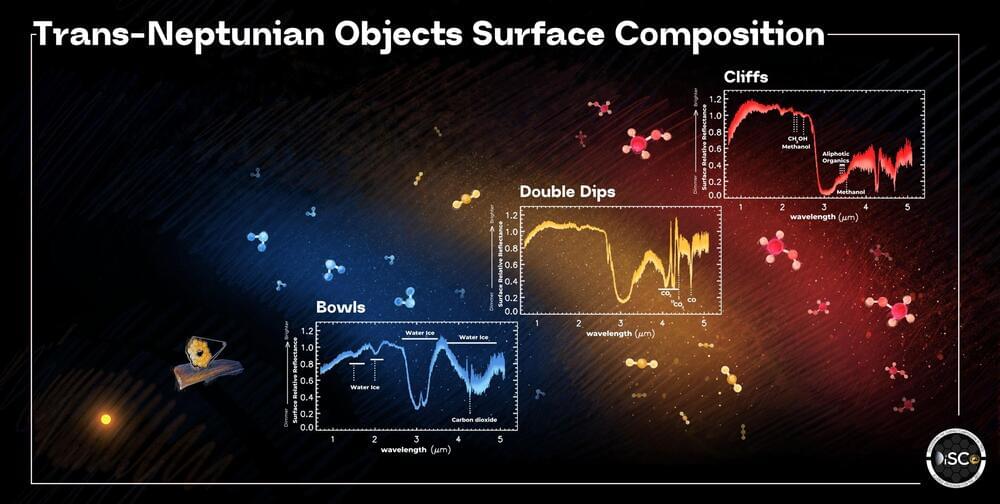
Webb offers best glimpse ever into icy planetesimals of early solar system
New studies led by researchers at the University of Central Florida offer for the first time a clearer picture of how the outer solar system formed and evolved based on analyses of trans-Neptunian objects (TNOs) and centaurs.
The findings, published today in Nature Astronomy, reveal the distribution of ices in the early solar system and how TNOs evolve when they travel inward into the region of the giant planets between Jupiter and Saturn, becoming centaurs.
TNOs are small bodies, or “planetesimals,” orbiting the sun beyond Pluto. They never accreted into planets, and serve as pristine time capsules, preserving crucial evidence of the molecular processes and planetary migrations that shaped the solar system billions of years ago. These solar system objects are like icy asteroids and have orbits comparable to or larger than Neptune’s orbit.
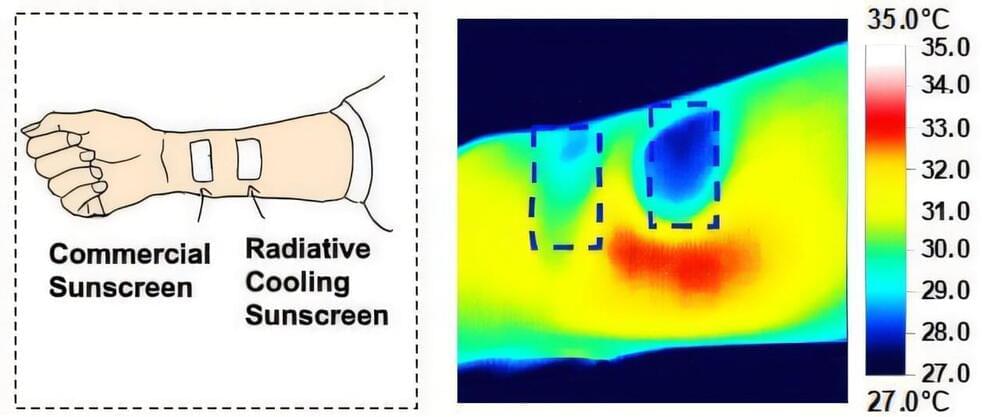
Prototype sunscreen uses TiO₂ nanoparticles to cool skin while blocking UV rays
Wearing sunscreen is important to protect your skin from the harmful effects of UV radiation but doesn’t cool people off. However, a new formula, described in Nano Letters, protects against both UV light and heat from the sun using radiative cooling. The prototype sunblock kept human skin up to 11 degrees Fahrenheit (6 degrees Celsius) cooler than bare skin, or around 6 °F (3 °C) cooler than existing sunscreens.
Radiative cooling involves either reflecting or radiating heat away from something, cooling whatever’s underneath. It is already used to create cooling fabrics and coatings that could both cool and heat homes, among other applications.
Some passive radiative cooling technologies rely on an ingredient called titanium dioxide (TiO2) because the whitish substance reflects heat. TiO2 particles are also used in mineral sunscreens to reflect UV light, but the particles aren’t the right size to produce a cooling effect. So, Rufan Zhang and colleagues wanted to tune the size of TiO2 nanoparticles to create a sunscreen that works both as a UV protector and a radiative cooler.
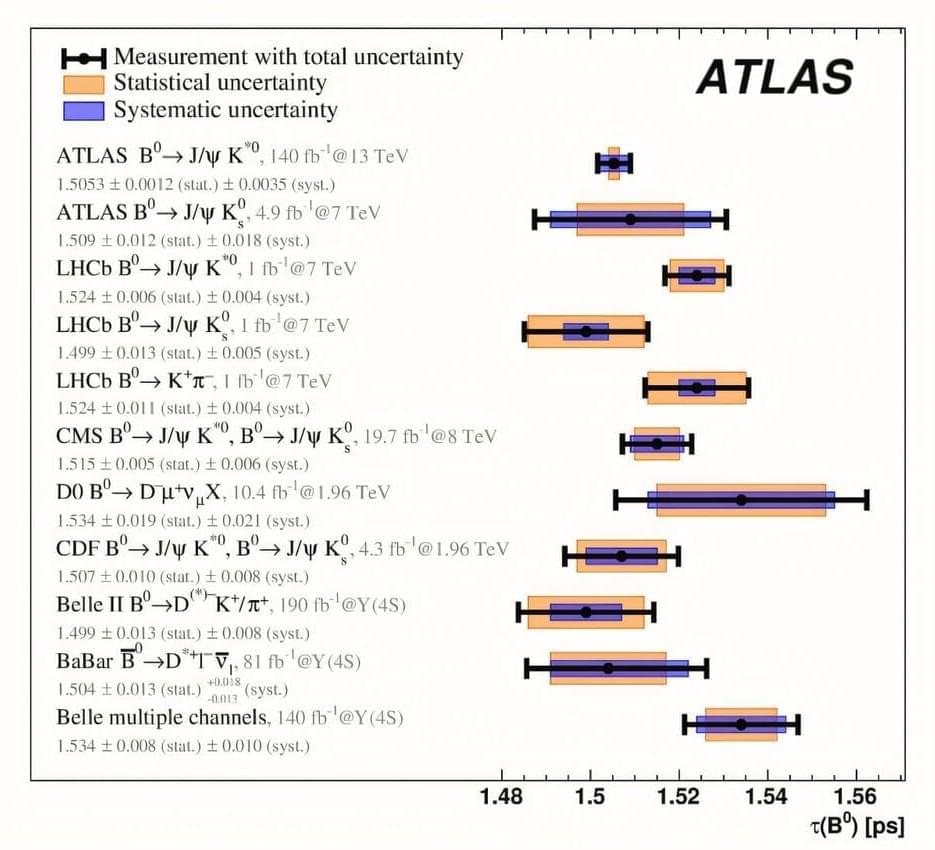
Most precise measurement of electrically neutral beauty meson lifetime achieved
The ATLAS collaboration at the Large Hadron Collider (LHC) has released a new high-precision measurement of the lifetime of the electrically neutral beauty (B0) meson—a hadron composed of a bottom antiquark and a down quark.
Beauty (B) mesons are made up of two quarks, one of which is a bottom quark. Over the past decades, by studying B mesons, physicists have been able to examine rare and precisely predicted phenomena to gain insights into interactions mediated by the weak force and into the dynamics of heavy-quark bound states. The precise measurement of the B0 meson lifetime—the average time it exists before decaying into other particles—is of critical importance in this context.
The new ATLAS study of the B0 meson looked for the particle’s decay into an excited neutral kaon (K*0) and a J/ψ meson. The J/ψ meson subsequently decays into a pair of muons while the K*0 meson is studied through its decay into a charged pion and a charged kaon. The analysis is based on proton –proton collision data collected by the ATLAS detector during Run 2 of the LHC (2015–2018), amounting to an impressive data set of 140 inverse femtobarns (1 inverse femtobarn corresponds to approximately 100 trillion proton–proton collisions).
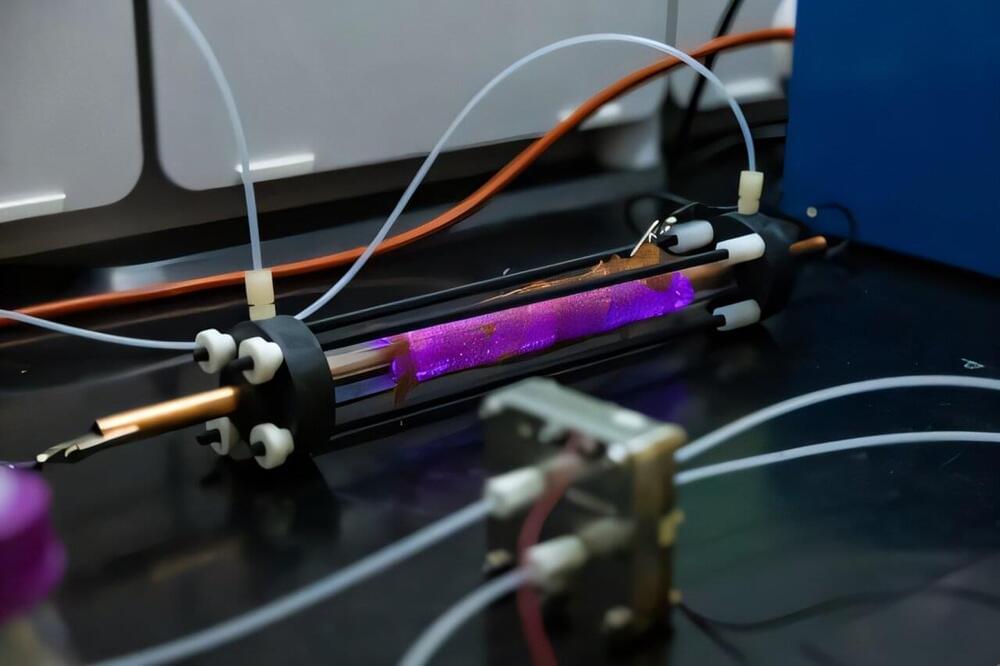
Eco-friendly reactor mimics lightning to produce ammonia from air and water
There’s a good chance you owe your existence to the Haber-Bosch process.
This industrial chemical reaction between hydrogen and nitrogen produces ammonia, the key ingredient in synthetic fertilizers that supply much of the world’s food supply and enabled the population explosion of the last century.
It may also threaten the existence of future generations. The process consumes about 2% of the world’s total energy supply, and the hydrogen required for the reaction mostly comes from fossil fuels.
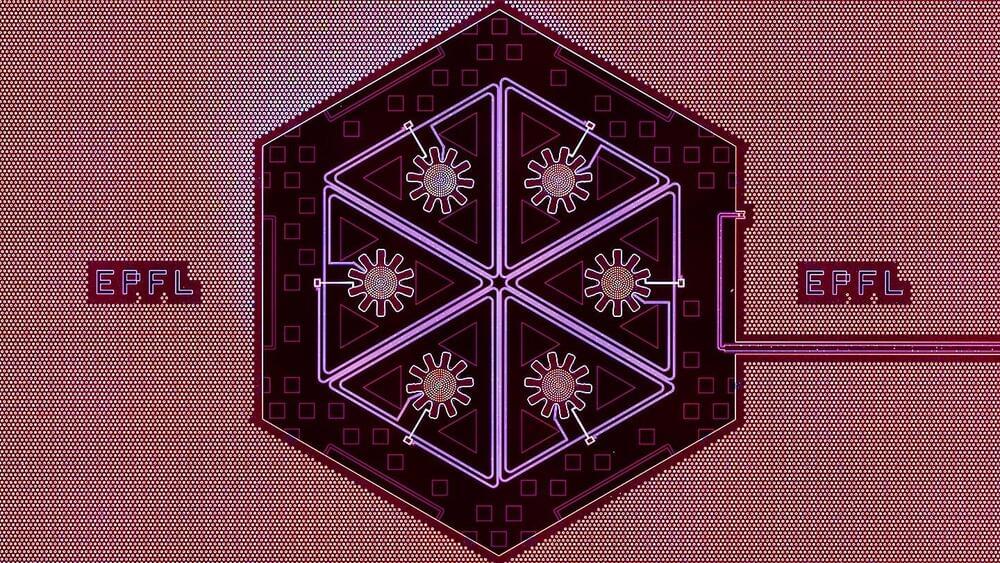
Scientists achieve collective quantum behavior in macroscopic oscillators
Quantum technologies are radically transforming our understanding of the universe. One emerging technology is macroscopic mechanical oscillators, devices that are vital in quartz watches, mobile phones, and lasers used in telecommunications. In the quantum realm, macroscopic oscillators could enable ultra-sensitive sensors and components for quantum computing, opening new possibilities for innovation in various industries.
Controlling mechanical oscillators at the quantum level is essential for developing future technologies in quantum computing and ultra-precise sensing. But controlling them collectively is challenging, as it requires near-perfect units, i.e., identical.
Most research in quantum optomechanics has centered on single oscillators, demonstrating quantum phenomena like ground-state cooling and quantum squeezing. But this hasn’t been the case for collective quantum behavior, where many oscillators act as one. Although these collective dynamics are key to creating more powerful quantum systems, they demand exceptionally precise control over multiple oscillators with nearly identical properties.